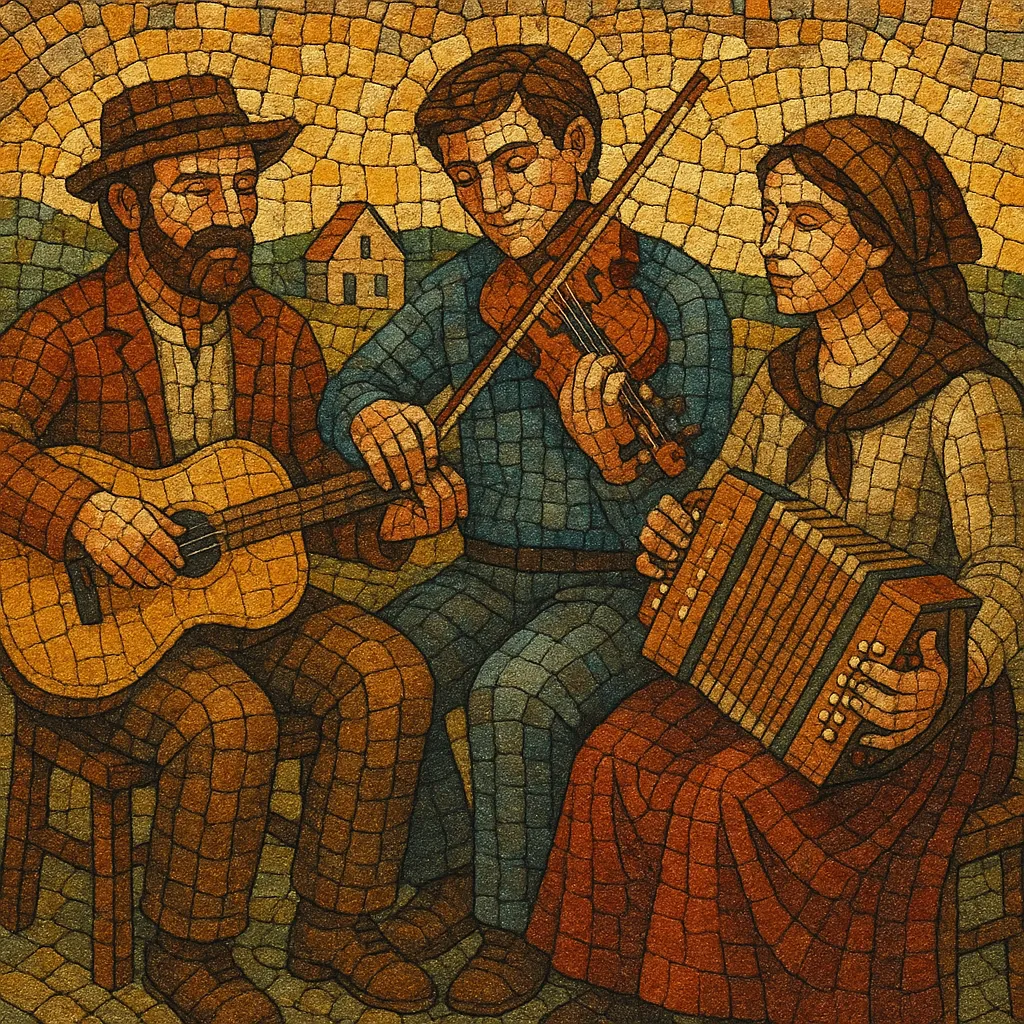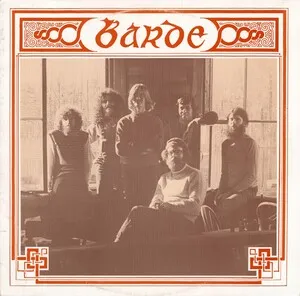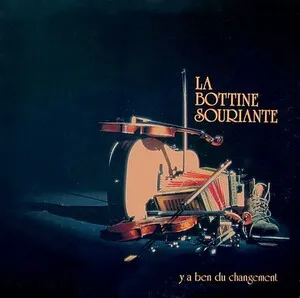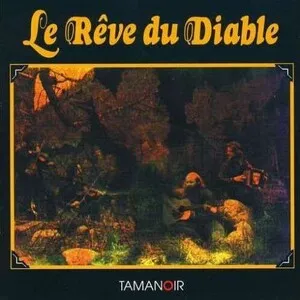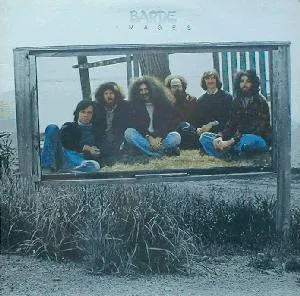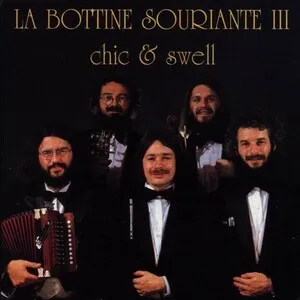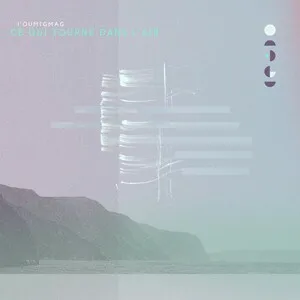French-Canadian folk music (musique traditionnelle québécoise et acadienne) is the vernacular music of Francophone communities in Canada, especially Quebec and Acadia. It blends old-world French dance forms and balladry with Celtic fiddle traditions and North American work-song practices.
Core sonic markers include fiddle- and diatonic button-accordion–led dance tunes (reels in 2/2 or 4/4, jigs in 6/8), vigorous podorythmie (percussive foot-tapping) as the rhythm engine, and call-and-response singing known as chansons à répondre. Mouth music and vocables (turlutte, reel à bouche) often substitute for instruments, while guitars, piano, harmonica, and jaw harp provide accompaniment. Lyrically, strophic ballads and narrative songs portray voyageurs, lumber camps, seasonal festivities, and courtship, frequently in regional French dialects (e.g., Joual, Acadian).
The overall feel is communal, dance-driven, and melodically catchy, with harmonies typically rooted in I–IV–V progressions and modal touches (especially Mixolydian). It thrives at kitchen parties, weddings, and community dances, sustaining a living, intergenerational tradition.
French-Canadian folk music traces back to settlers of New France in the 1600s and 1700s, who carried French ballads, contredanses, and quadrilles across the Atlantic. In rural Canada these forms fused with local work-song practices (voyageur rowing songs, lumber-camp repertoire) and with Celtic fiddle idioms introduced by Irish and Scottish neighbors. Community gatherings—house parties, veillées, and village fêtes—cemented a repertoire of songs à répondre, fiddle tunes, and dances.
As Francophone communities spread through Quebec and the Maritimes (Acadia), the tradition diversified regionally. Podorythmie developed as a distinctive rhythmic hallmark when percussion was scarce. Oral transmission preserved centuries-old ballads alongside newly minted songs reflecting frontier life. Early recording and radio in the 1920s–30s popularized figures like La Bolduc, who blended comedic lyrics with traditional forms, bringing the kitchen-party sound to mass audiences.
A cultural resurgence in Quebec during the 1970s nourished folk ensembles that formalized and toured the tradition. Bands such as Le Rêve du Diable and La Bottine Souriante added arranged harmonies, horn sections, and contemporary production while retaining dance-floor energy. Archives, festivals, and folklorists helped document regional variants (e.g., Beauce, Gaspésie, Saguenay–Lac-Saint-Jean) and techniques like turlutte and reel à bouche.
A new generation—Le Vent du Nord, De Temps Antan, Genticorum, Les Charbonniers de l’Enfer—has internationalized the style, balancing archival research with fresh composition. Collaborations with world, jazz, and roots artists broaden its palette without diluting core features. The music remains central to community identity, thriving at festivals, dance nights (sets carrés), and in educational programs that keep repertoire and technique alive.

